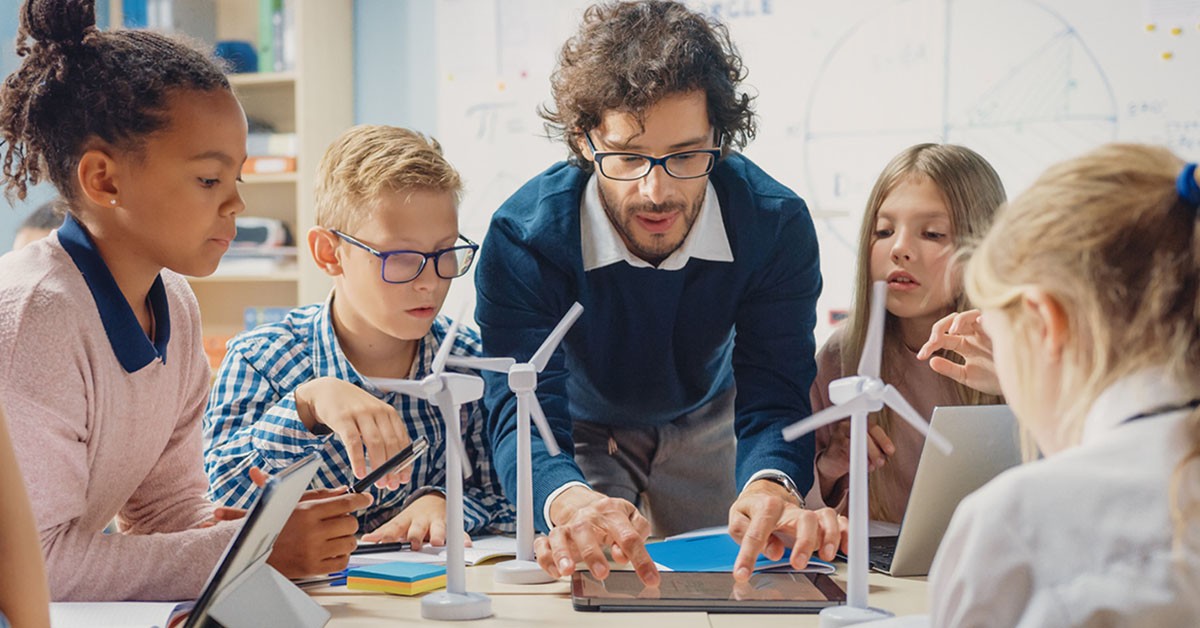Education is the cornerstone of human progress, and the way we educate our youth has evolved significantly over the centuries. From the humble beginnings of one-room Pre schoolhouses to the high-tech, innovative institutions we see today, education has come a long way. In this blog, we will take a journey through time to explore the evolution of education and delve into the inner workings of modern schools.
The One-Room Schoolhouse Era
Before the advent of modern schools, education was often a local and informal affair. One-room schoolhouses were scattered throughout rural communities, and a single teacher would educate students of various ages and grade levels in a single room. These schools were essential for providing basic literacy and numeracy skills, but they had their limitations in terms of resources and curriculum.
The Rise of Public Education
As societies grew more urbanized, the need for a more structured and standardized education system became apparent. In the 19th century, public education emerged as a way to provide free education to all children, regardless of their social or economic background. This era saw the establishment of larger schools with dedicated teachers for different subjects and grade levels.
The Industrial Revolution and Mass Education
The Industrial Revolution brought about significant changes in the world, including the way we approached education. Schools began to adopt a more factory-like model, with students moving from class to class in a highly structured environment. The focus was on preparing students for jobs in the rapidly industrializing world.
Innovations in Pedagogy
Throughout the 20th century, educational theorists and reformers pushed for new approaches to teaching and learning. Progressive education movements, such as Montessori and Waldorf, emphasized individualized learning, creativity, and holistic development. These approaches challenged the traditional classroom model and encouraged more student-centered learning.
The Digital Age and Modern Schools
The 21st century brought with it the digital revolution, and education was not immune to its influence. Modern schools have incorporated technology into every aspect of learning, from interactive whiteboards and tablets in the classroom to online learning platforms and virtual classrooms. This integration of technology has opened up new opportunities for personalized learning and global collaboration.
Modern School Facilities
The physical infrastructure of modern schools has also evolved. Today’s schools prioritize safety, accessibility, and sustainability. Many schools are equipped with state-of-the-art facilities, including science labs, art studios, and athletic complexes. The design of school buildings has shifted to create more open and collaborative spaces, reflecting the changing needs of students and educators.
Inclusive Education
Another significant shift in modern education is the emphasis on inclusivity and diversity. Schools are striving to create environments where every student, regardless of their abilities, background, or identity, can thrive. Inclusive education practices involve accommodating the unique needs of all students and fostering a sense of belonging and acceptance.
21st-Century Skills
In addition to traditional academic subjects, modern schools recognize the importance of teaching 21st-century skills such as critical thinking, communication, collaboration, and digital literacy. These skills are seen as essential for success in an ever-changing, globalized world.
Conclusion
The evolution of education from one-room schoolhouses to modern schools is a testament to our commitment to providing quality learning experiences for all. While the methods and technologies have changed over time, the core purpose of education remains the same: to prepare individuals for a brighter future. As we continue to adapt to the needs of the 21st century, modern schools are at the forefront of innovation, striving to create environments that foster creativity, critical thinking, and lifelong learning. Education has come a long way, and the journey is far from over.
